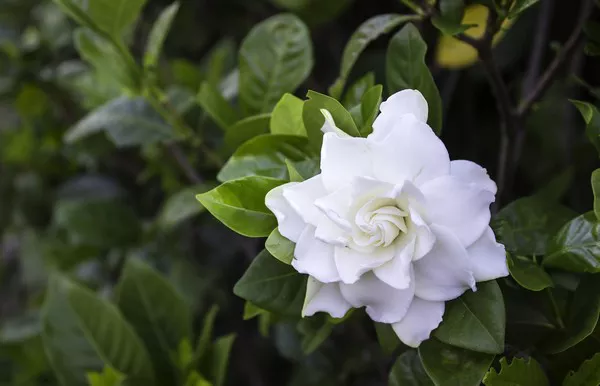The Day of the Dead, or Día de los Muertos, is a vibrant and deeply rooted tradition celebrated in many Latin American countries, particularly Mexico. This unique occasion honors and remembers deceased loved ones, celebrating their lives and welcoming their spirits back to the earthly realm. Flowers play a significant role in these festivities, symbolizing the ephemeral nature of life, the beauty of remembrance, and the connection between the living and the dead. In this article, we will explore the flowers commonly used for Day of the Dead celebrations, delving into their symbolism and significance in this rich cultural tradition.
Marigolds: The Flowers of the Dead
Marigolds, or cempasúchil in Spanish, hold a central position in Day of the Dead celebrations. These vibrant orange and yellow flowers, with their strong fragrance, are believed to guide the spirits of the departed to their altars. Marigold petals are scattered on the ground in a path leading from cemeteries to homes, creating a vivid trail for the souls to follow. The bright colors of marigolds are thought to attract and please the spirits, while their scent is believed to help guide them back to their loved ones. The presence of marigolds symbolizes the celebration of life and the joyous reunion with ancestors.
Cockscomb: The Crested Flower of Remembrance
Cockscomb, or cresta de gallo in Spanish, is another flower prominently used in Day of the Dead celebrations. Its unique shape resembles the crest of a rooster, hence its name. Cockscomb is valued for its velvety texture and vibrant colors, which range from deep red to bright pink. These distinctive blooms are crafted into garlands, wreaths, and intricate floral arrangements adorning altars and gravesites during the festivities. The cockscomb’s presence symbolizes remembrance and honors the departed, serving as a visual reminder of their enduring presence in the hearts of the living.
Chrysanthemums: Symbols of Death and Mourning
Chrysanthemums, or crisantemos in Spanish, are commonly used in Day of the Dead observances. These flowers, with their diverse range of colors and long-lasting blooms, symbolize death and mourning in Mexican culture. Chrysanthemums are often placed on altars and gravesites as offerings to honor departed loved ones. The significance of chrysanthemums lies in their ability to endure and flourish during the autumn season when Day of the Dead celebrations take place. Their presence acknowledges the cycle of life and death, reminding us of the impermanence of existence.
Gladioli: Strength and Elegance
Gladioli, or gladiolos in Spanish, are tall and elegant flowers often chosen for Day of the Dead tributes. With their striking vertical spikes and vibrant hues, gladioli represent strength, resilience, and elegance. These flowers are carefully arranged in vases or included in larger floral displays, adding height and drama to altars and gravesites. The gladiolus’ presence serves as a symbol of admiration and respect for the departed, acknowledging their courage and endurance throughout life’s challenges.
Lilies: Purity and Innocence
Lilies, or azucenas in Spanish, are delicate and graceful flowers that hold deep symbolism in various cultural traditions. In Day of the Dead celebrations, lilies are chosen for their association with purity, innocence, and the afterlife. These flowers are often included in floral arrangements or placed on altars to honor departed children and infants. The serene beauty of lilies reflects the belief that departed souls, particularly children, are at peace and in a state of purity in the spiritual realm.
Baby’s Breath: Symbol of Everlasting Love
Baby’s Breath, or nube or gypsophila in Spanish, is a delicate and dainty flower often used as a filler in floral arrangements for Day of the Dead festivities. While it may seem unassuming, Baby’s Breath carries significant symbolism. It represents everlasting love and serves as a reminder that the love between the living and the departed endures even in death. The small white flowers of Baby’s Breath accentuate larger floral compositions, enhancing their beauty and conveying a sense of enduring connection.
Conclusion
In Day of the Dead celebrations, flowers hold deep cultural and symbolic significance. Marigolds guide the spirits, cockscombs represent remembrance, chrysanthemums signify mourning, gladioli embody strength, lilies symbolize purity, and Baby’s Breath represents everlasting love. Together, these flowers create a tapestry of color and meaning, honoring the departed and celebrating the enduring connection between the living and the dead. Day of the Dead festivities provide a poignant reminder that while life is fleeting, love and remembrance transcend the boundaries between this world and the next.


